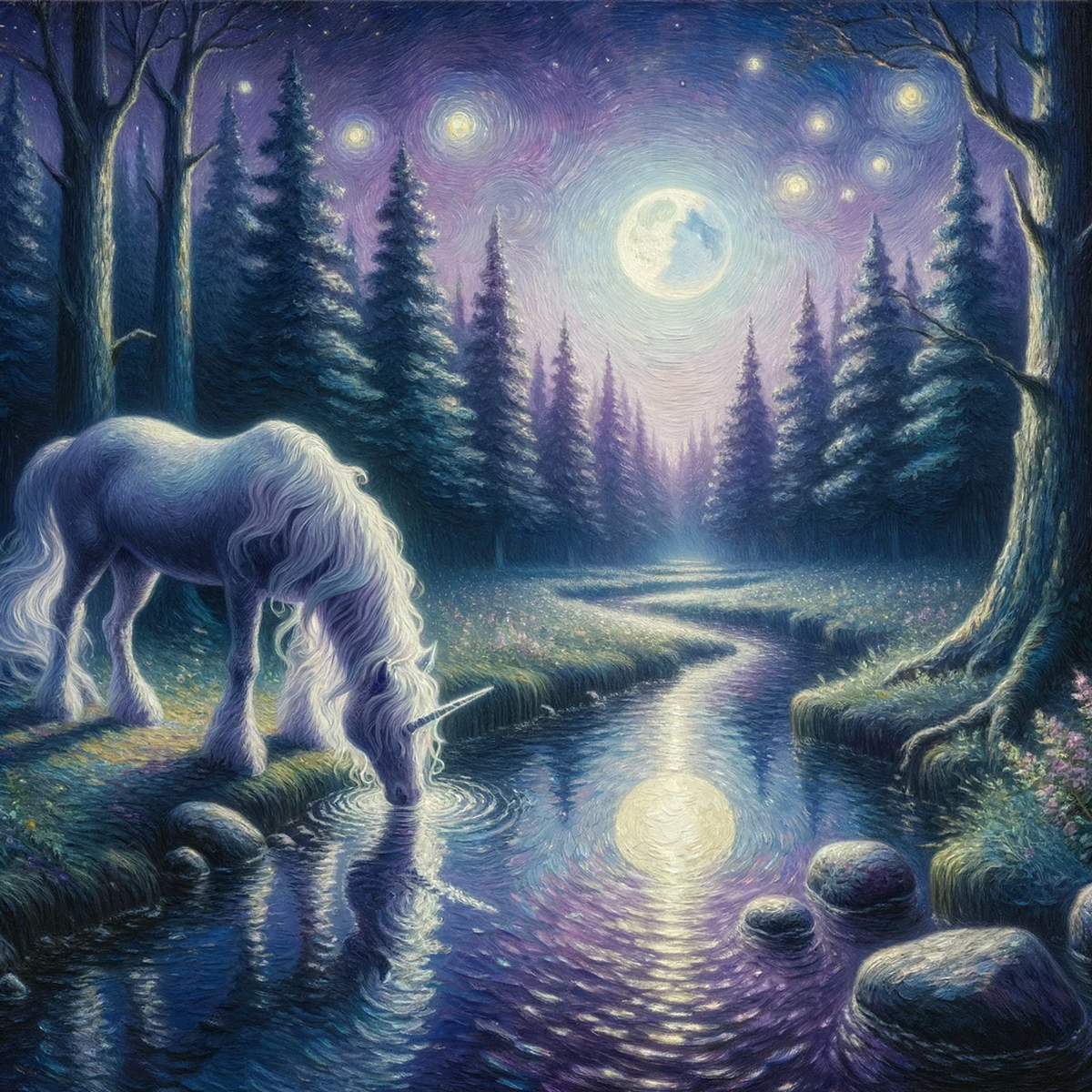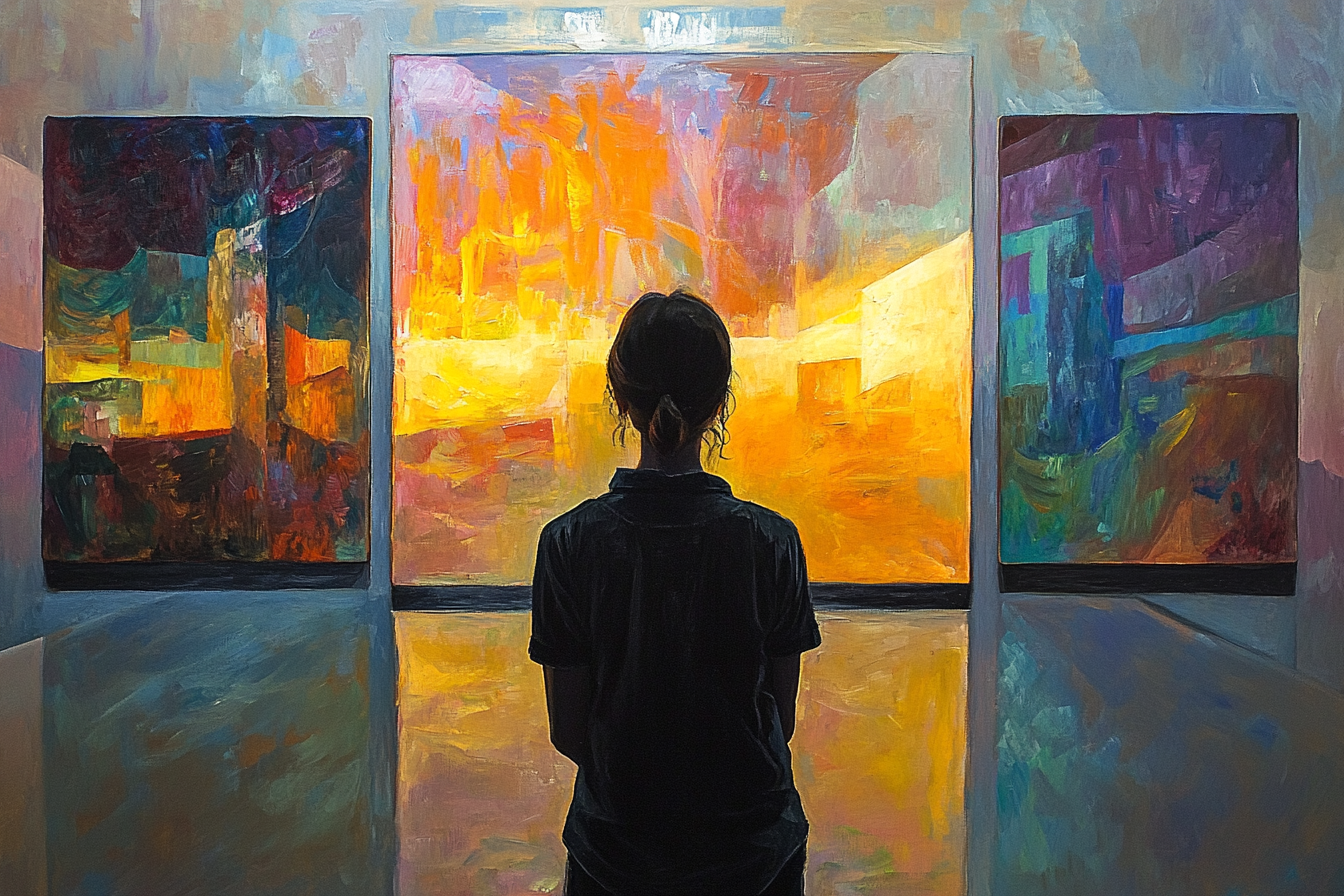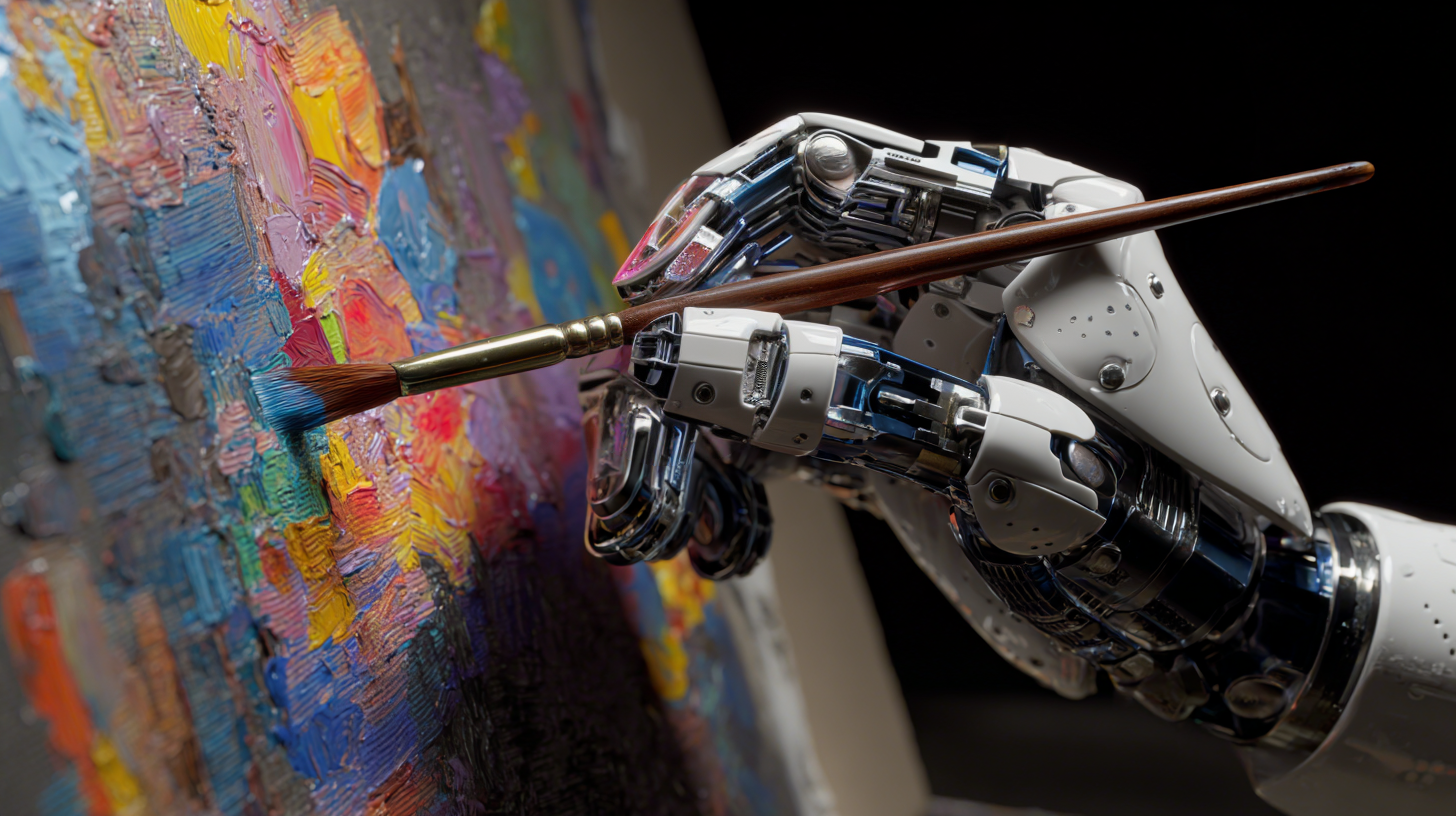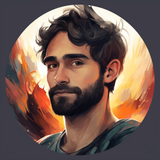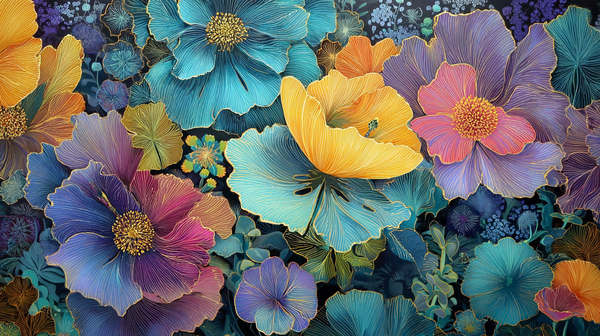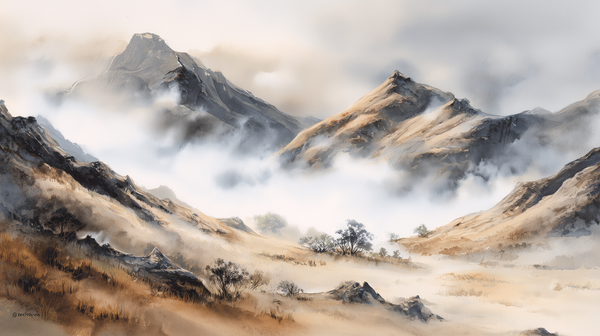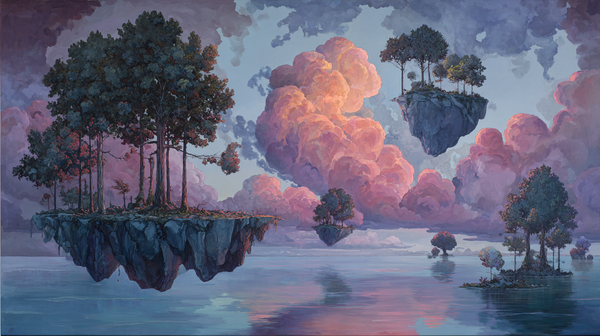How to best describe your vision to Artistico Art
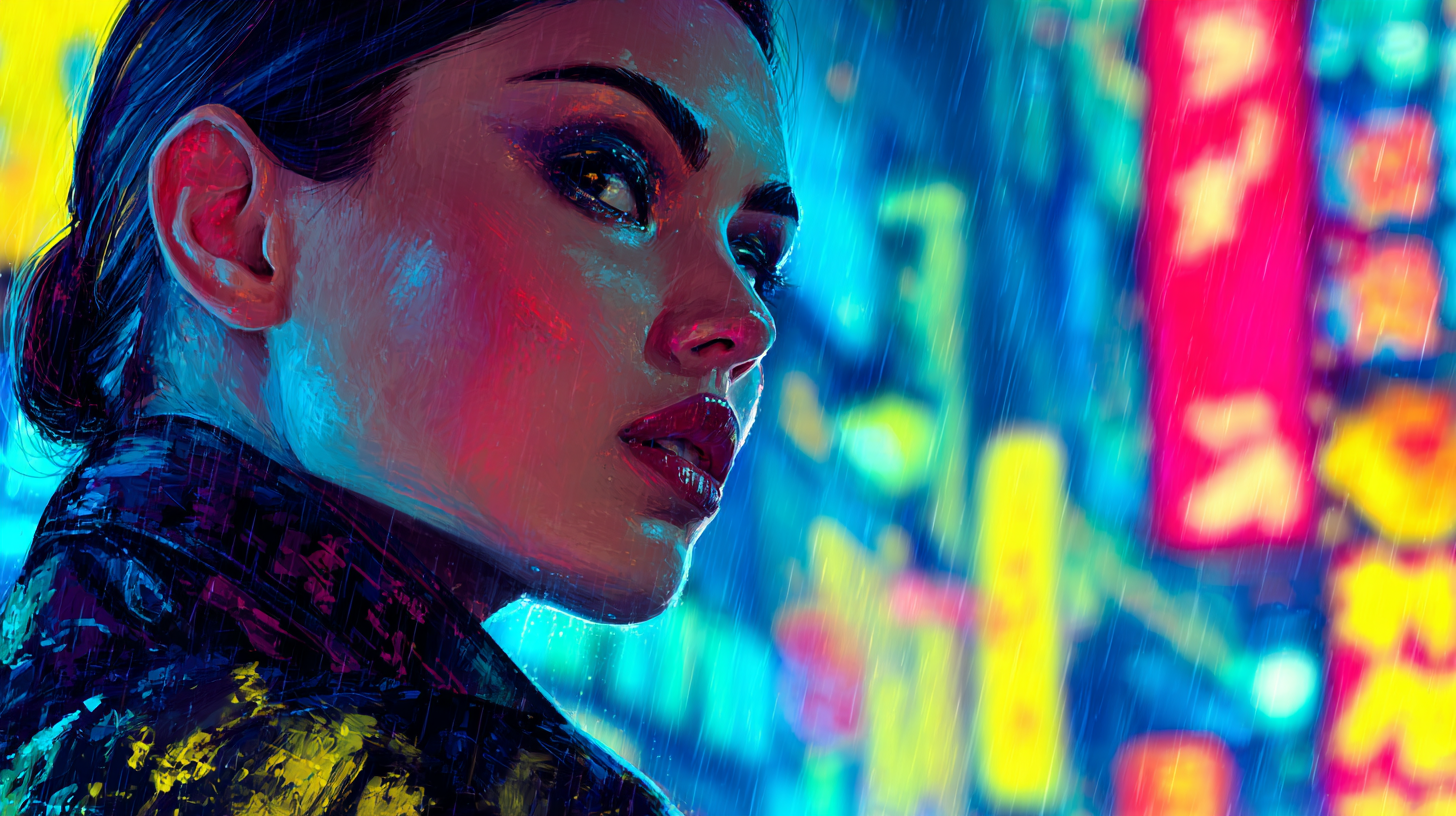
When creating your own artwork on Artistico Art, the key to achieving the best possible result lies in how you write your prompt. A well-structured prompt gives the creative system clear direction and increases the chances of generating a piece that matches your vision.
To help you with this, Artistico Art looks for specific themes in your prompt. If one or more are missing, the system will try to fill in the gaps with helpful suggestions. However, if you want full control over the final result, it is best to include each of these elements yourself.
1. Style
This defines the overall look and artistic approach. Do you want something painterly or modern? Some examples of styles you might use in your prompt include:
- Oil painting
- Watercolour illustration
- Pencil drawing
- Digital art
- Black and white photography
Choosing a style early on helps shape the entire tone of the artwork.
2. Subject
The subject is the main focus of your artwork. This could be a person, animal, place or object. Be as specific as you like. Examples include:
- A young girl holding a lantern
- A golden retriever sitting in a field
- A mountain cabin surrounded by snow
- An old book lying open on a table
Clear subjects create stronger visual focus.
3. Setting
The setting tells the system where the subject exists. It helps build a sense of space and atmosphere. Common settings might be:
- In the jungle
- On a quiet beach at sunrise
- Underwater with glowing fish
- In a misty forest
This detail helps create mood and context.
4. Composition
Composition describes the camera angle or viewpoint. It affects how the viewer experiences the image. You might choose:
- Aerial view
- Close-up
- Flat lay
- Bird's eye view
- Side profile
This shapes how much of the scene is visible and from what angle.
5. Lighting
Lighting brings depth, emotion and realism. Options include:
- Soft ambient light
- Bright daylight
- Golden sunset light
- Vibrant studio lighting
- Moody shadows
Lighting can dramatically change the feel of your piece.
6. Colour
Colour choices add emotion, personality and style. You might use:
- Warm autumn tones
- Vibrant and bold colours
- Pastel shades
- Monochromatic greyscale
- Bright and colourful palette
Mentioning colours helps guide the overall energy of the image.
7. Emotion
Finally, include the emotion you want the piece to convey. This gives life to the image and connects it to the viewer. Examples include:
- Energetic and joyful
- Calm and peaceful
- Mysterious and dreamlike
- Melancholic and thoughtful
- Intense and dramatic
Describing an emotion ensures the final result feels personal and meaningful.
Prompt Examples Using the Full Structure
Here are some sample prompts that follow this structure and show how to guide the system more precisely:
- Watercolour illustration of a fox curled up in a forest clearing at dawn, soft ambient light, viewed from above, with warm autumn colours, peaceful and calm mood
- Digital art portrait of a woman in a futuristic city at night, vibrant lights, close-up composition, bright neon colours, energetic and bold
- Oil painting of a quiet lakeside cabin at sunset, surrounded by pine trees, seen from a distance with golden light and a melancholic feeling
- Pencil drawing of a vintage car parked in a desert setting, low angle view, dusty daylight, monochrome greyscale, nostalgic and reflective
These examples show how each element contributes to the overall result. Try using this structure next time you create, and watch your vision come to life through your words.
Now you got what you need to get more precious image suggestions from Artistico Art. Nothing stands in your way for you to design your one-of-a-kind wall art at Artistico Art
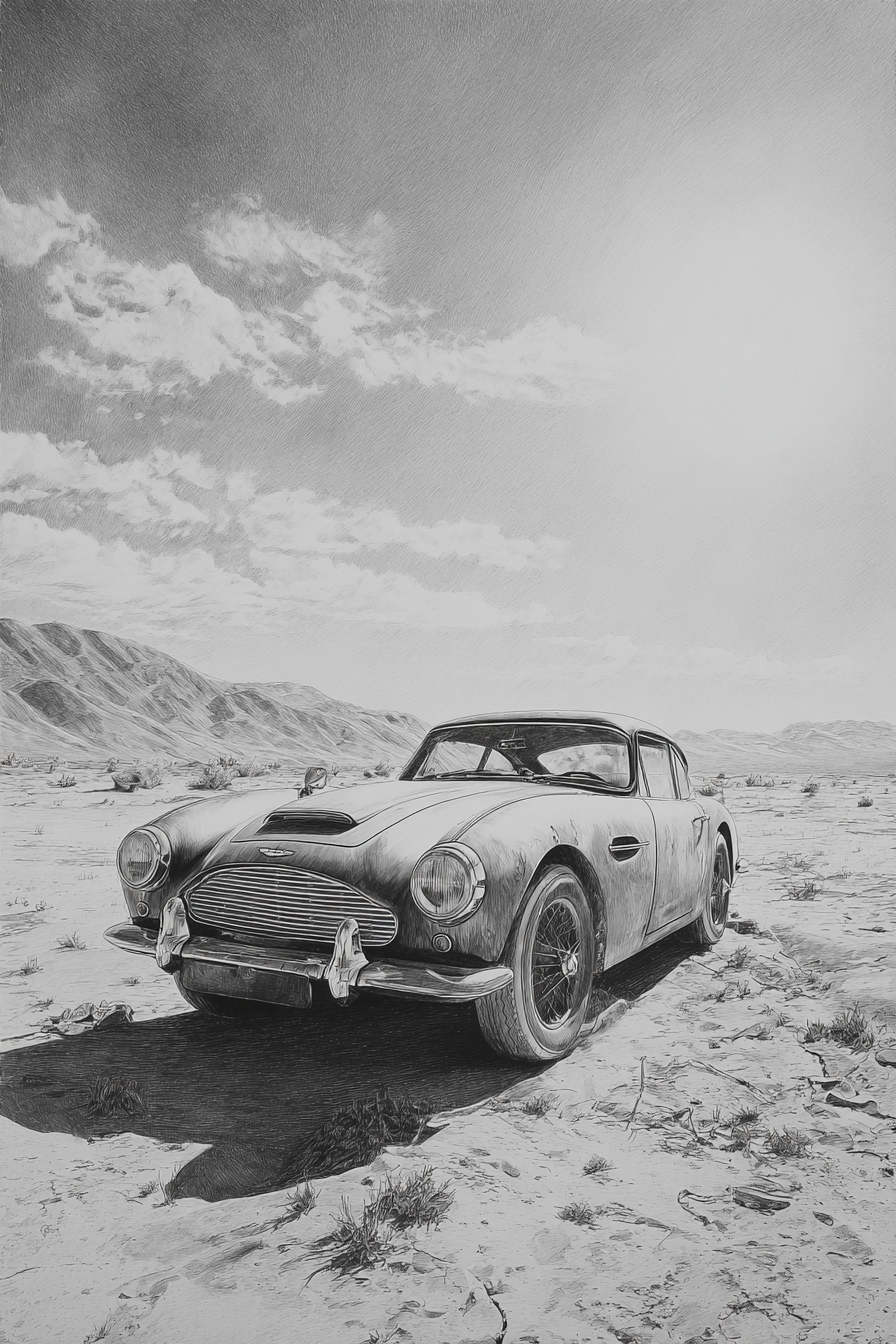
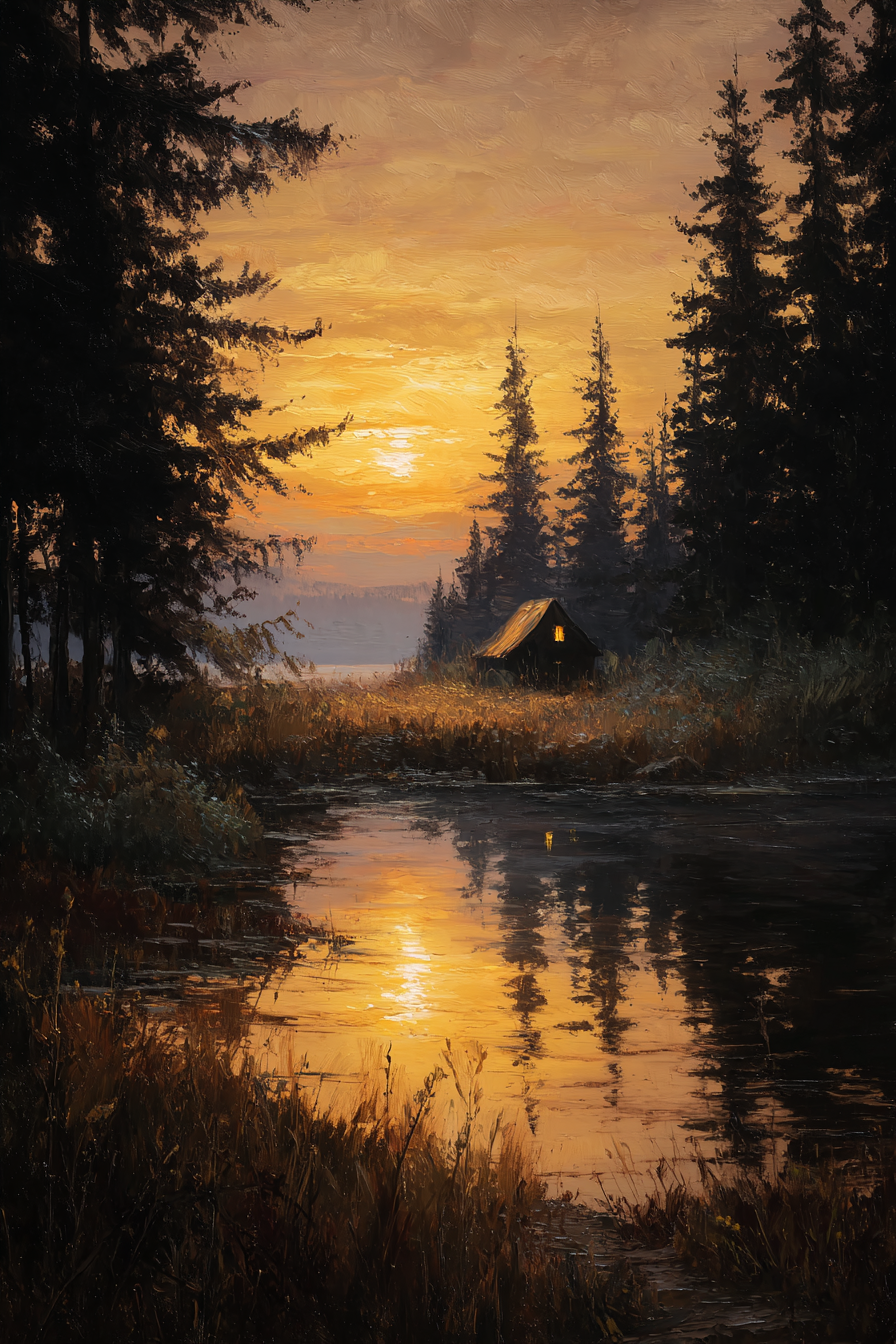
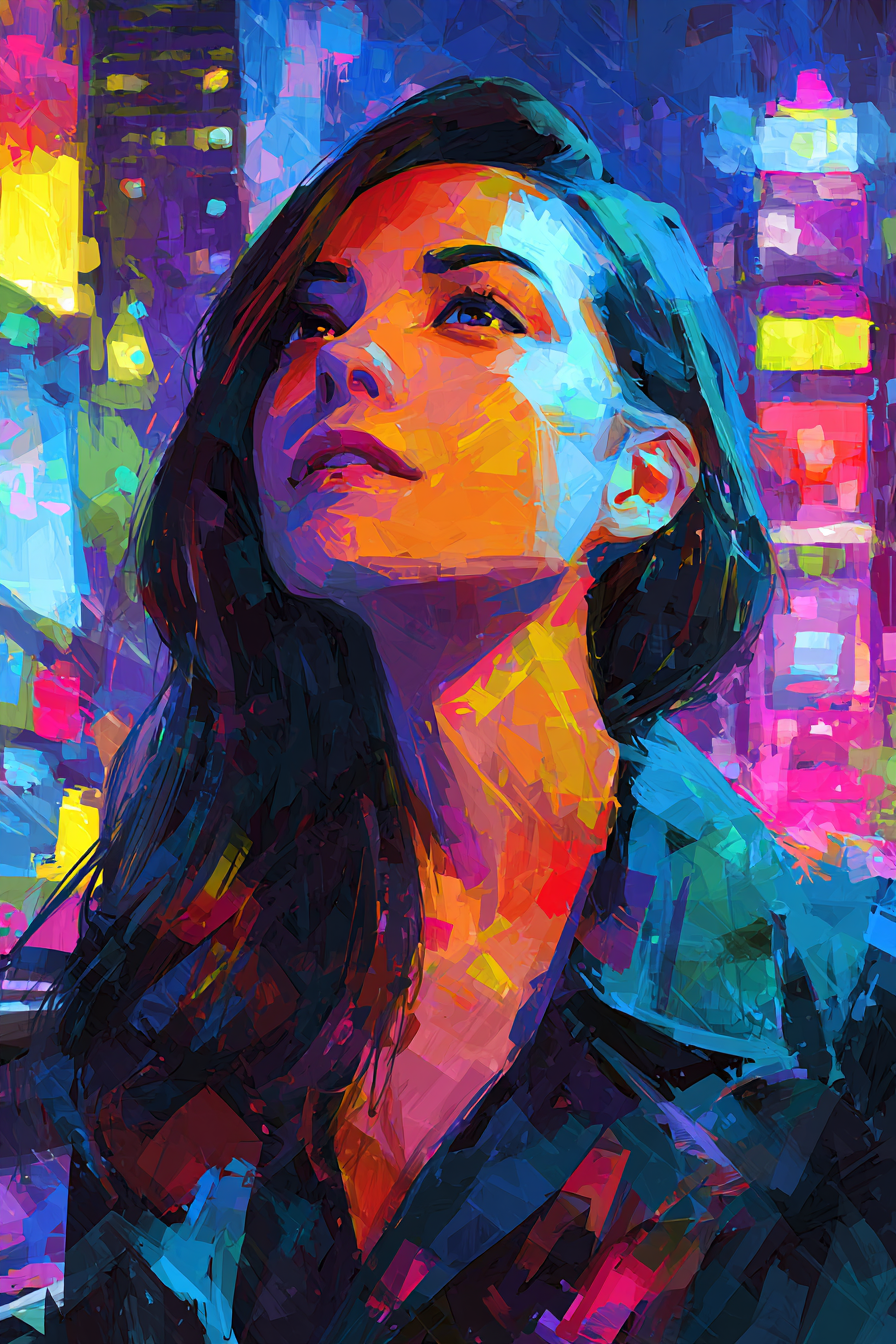
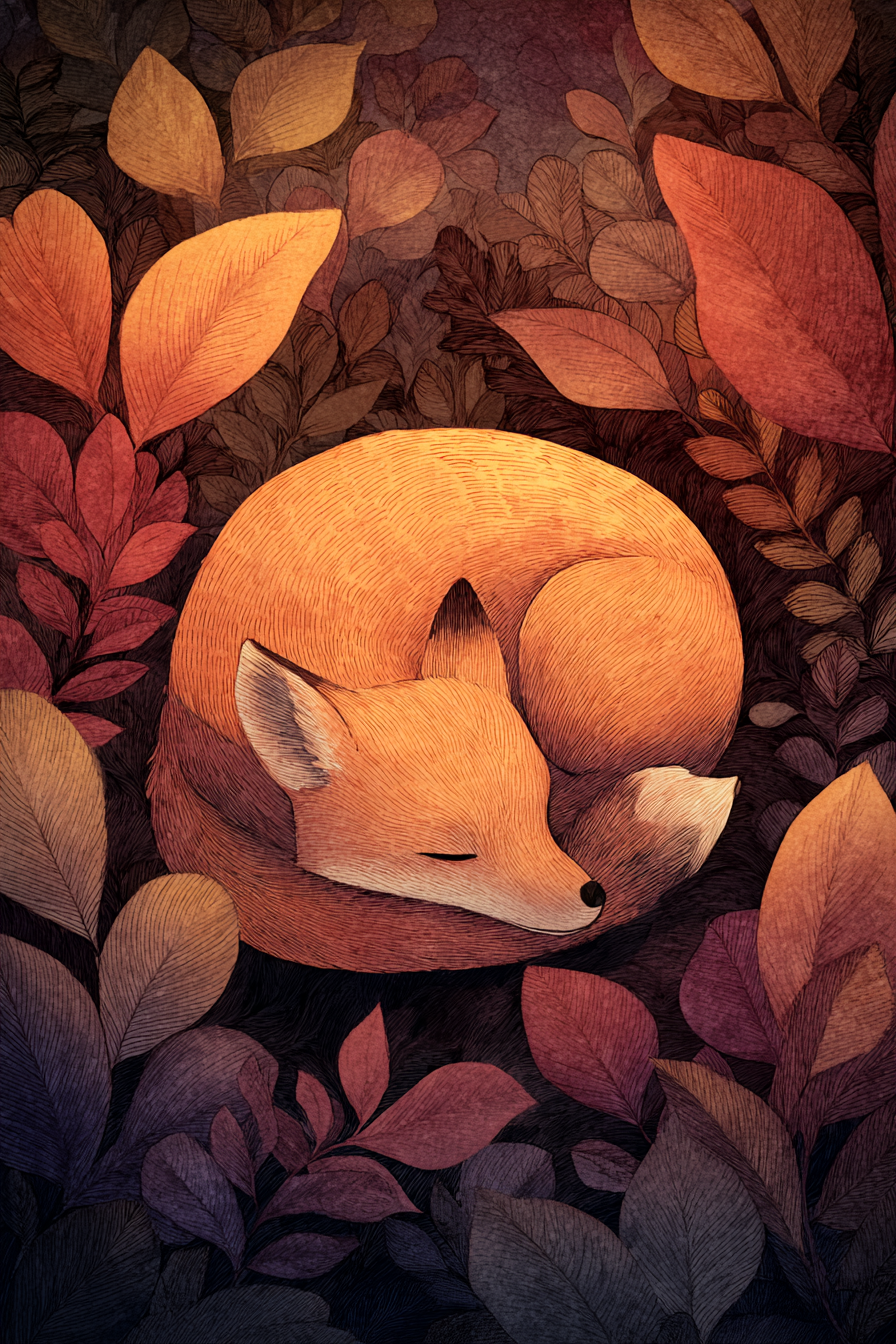
Wall Art generated at Artistico Art
